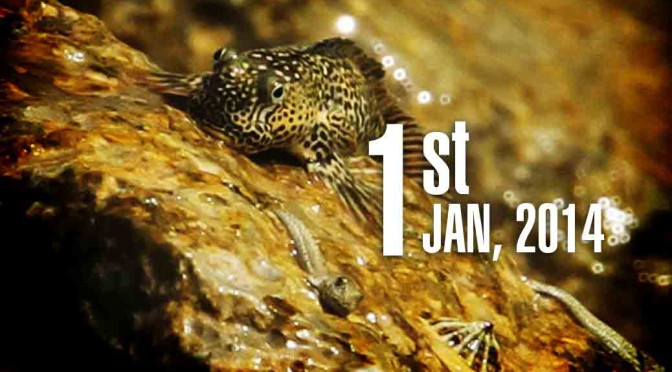By Anupum Pant
One of the most popular videos on YouTube last year was a song sung by two Norwegian brothers titled, The Fox. I’m not sure what was it exactly that made the video go viral, which is not to say that it wasn’t funny.
I think it was those absurd lyrics dropped at a time when you expect something serious, made it so popular. With an infectious catchy tune, the lyrics of this song seem very childish and at the same time, it is sung in a serious tone.
Popularity kept aside for a while, the number poses an important question which not many of us must have considered – What does the fox say? Makes us go looking for answers, doesn’t it?
As scientists would put it, the question this song poses, is indeed a challenging one. It isn’t easy to generally vocalize the sound made by a fox. Also, foxes make variation of sounds for different situations. Moreover, that, there are varieties of foxes out there, makes it even more difficult to answer the question.
The high pitched bark:
For instance, the red fox, which is the most common variety of fox, screams in a high-pitched bark. It sounds like a woman screaming in distress. In words, it sounds like a YAAGGAGHHGHHHHH. And is exactly the reason we aren’t taught this at school. Imagine, the teacher teaching with a YAAGGAGHHGHHHHH in a classroom.
The bird like sound:
When they fight, foxes can sound like birds. Unlike the screams discussed above, these sounds aren’t heard for long distances. Little fox pups also make these guttural sounds when they play. The sound is called Gekkering.
The high-pitched howl:
When greeting a more powerful foxes, weaker ones make a very high-pitched howl that can be heard for several kilometers.
Apart from these broad categories, they make several other subtle variations for different situations. The video below has a good collection of fox sounds:
On that note
What do you think the Cheetah says? Most of us have seen a cheetah (probably at the zoo), but not many must have heard it talk. It may come as a surprise to you that Cheetahs chirp like birds. Or you could call it more of a cat-fight sound.











